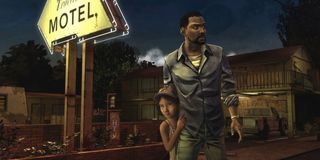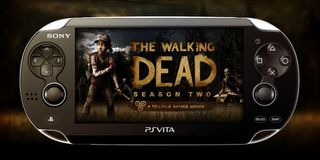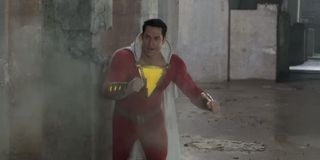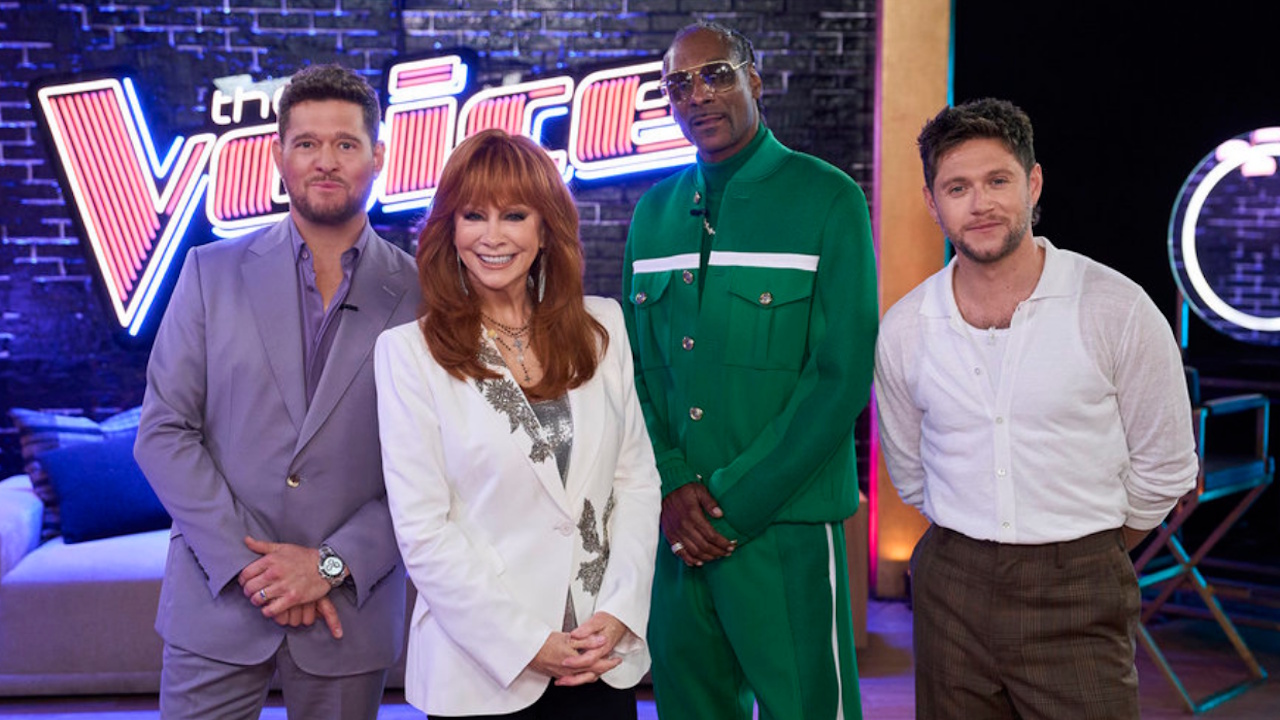Playstation
Latest about Playstation

Telltale's The Walking Dead Game Confirmed For PS Vita
By Pete Haas last updated
PlayStation Vita gamers will receive one of 2012's best games later this year. Telltale will be porting their adventure game based on the The Walking Dead over to the handheld.

The Walking Dead Season Two On Vita, Octodad On PS4 Next Week
By Ryan Winslett last updated

Walking Dead 400 Days Releasing On PS3 Today, Launch Trailer Arrives
By Pete Haas last updated

5 Ways Playstation's Spider-Man: Miles Morales Is Different From Into The Spider-Verse's Miles Morales
By Rich Knight published
Miles Morales is now in both movie AND video game form. But how is he different in both versions? You're about to find out.

6 Fun Video Game References In Shazam!
By Dirk Libbey published
Some of these were obvious, but some not so much.

Kingdom Hearts History: A Loot Back At Kingdom Hearts II
By Dirk Libbey published
The last major console release for the series was a long time ago.
CINEMABLEND NEWSLETTER
Your Daily Blend of Entertainment News
LATEST ARTICLES




